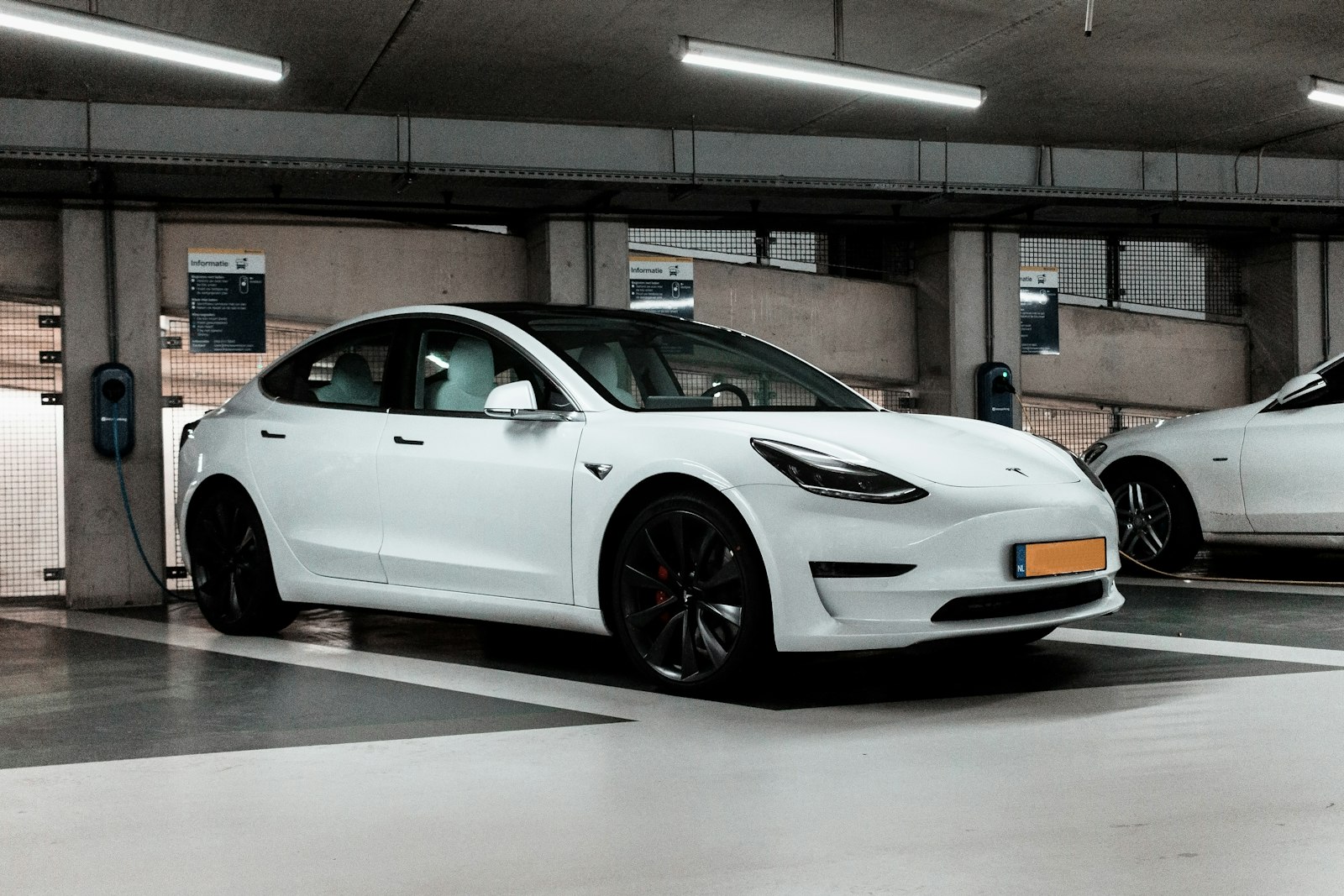In June 2021, finance veterans Tom Wagner and Greg O’Hara orchestrated a seemingly masterful turnaround for bankrupt Hertz by pivoting towards electric vehicles (EVs) and securing deals with ride-hailing leaders like Uber and Carvana. At the heart of their strategy was a $1.3 billion IPO and a 100,000 Tesla order as full-on bets on the future of EVs. A few months in, the market barely out of the pandemic was in love, and Hertz's valuation surged to $15.3 billion.
At this point, this was a best-in-class business model pivot. But by early 2024, their EV strategy had become a catastrophe.
What went wrong?
By early 2024, Elon Musk had started to feel pressure from Chinese EV makers, and Tesla prices reactively dropped 30% across the board. Sounds like good news for Hertz?
Think again.
This actually dealt two initial critical blows to the promised turn-around:
The rapid and substantial price reductions devalued Hertz's existing Tesla fleet. This devaluation significantly increased depreciation costs, reducing the company's profitability and a significant hit to its financial statements. And the price drops made Tesla vehicles more accessible to competing rental companies. This intensified competition pressured Hertz's pricing strategy and profitability as it struggled to differentiate its offerings in a crowded market.
Sadly for Hertz, Tesla's woes didn't stop there. Issues with EV demand, charging infrastructure, and unexpected maintenance costs plagued Hertz's operations.
On paper, EVs are low-cost maintenance vehicles and should be compared extremely favorably to typical gas-powered vehicles, but Teslas are anything but. Over 100,000 vehicles, the funky quality controls culture, and the stop-and-go production cycles at Tesla plants rapidly transformed managing this fleet into an operational nightmare for Hertz.
Also, unlike traditional automakers, Tesla lacked an extensive network of franchised dealers for service and repair. This meant longer wait times, unavailable vehicles at peak renting period, and another layer of extra operational nightmares to shift vehicles around to try and somehow meet demand. Repairs themselves were also significantly higher for Teslas compared to other vehicles. Replacing components such as the radar assembly for the Autopilot system could cost up to $3,000 to calibrate, contributing to the overall increase in maintenance expenses.
Adding insult to injury, EVs' acceleration and sharp braking capabilities led to four times more accidents for renters, something not anticipated in Hertz's comprehensive pre-IPO business plan.
Eventually, Wagner and O’Hara disagreed on how to address the EV debacle, which ultimately led to a decision to sell off 20,000 of Hertz's Teslas, aggressively fueling the company's financial problems and stock plunge.
What do I make of this debacle?
Well, obviously, everyone has a plan until they get punched in the mouth...
But also, most of the operational issues (except Musk's price drop) should have been clearly anticipated or identified through a trial run. Phasing out an initial 10% of the fleet for Teslas would have been a good enough signal to the market to begin with and would have offered a way to debug the business model pivot to electric. The trial could have been run across the board by rotating in 10% EVs in the regular gas engine fleet at each rental location, and a trial region could have been converted to 100% electric (both strategies having advantages and disadvantages).
With this type of trial, though, companies often fail to realize that it's worth running them in relatively adverse markets. Renting Teslas in California won't teach you much. The charging and repair networks are robust enough, and drivers have developed their EV driving skills for many years.
Trying this in Michigan, Spain, Greece, or Italy? Vastly more educational!
I'm not saying identifying your most riskiest assumptions is easy, but that's the point. Testing your pivot in a relatively adversarial part of your market will allow you to flag what can really go wrong for the rest of the market. And from there you can map out the real risks you'll be facing in less difficult parts of your market and have solid estimates looking forward...
Another critical insight you need to get is that you need to do this homework for yourself. No one else will have an on-the-shelf market research or risk/opportunities analysis fitting your parameters!

